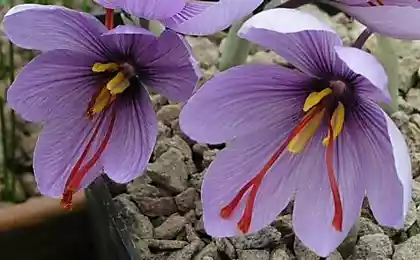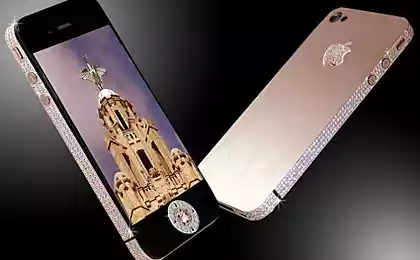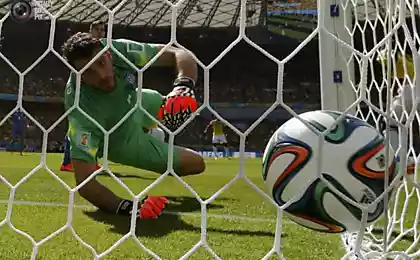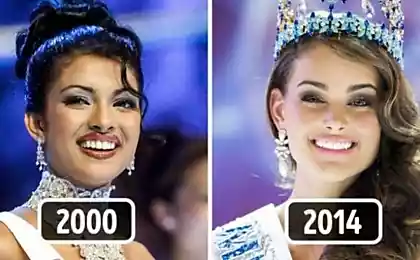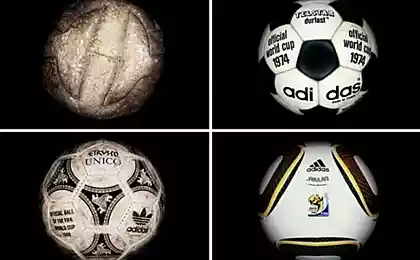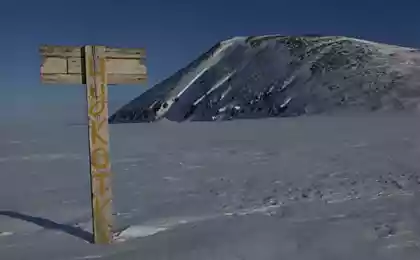974
World's most expensive photographer
His photographs "99 cents" (1999) was sold for 3.3 million dollars in 2007 at auction Sotheby's.
That's actually it:

«Chip" Gursky is that it removes the mass concentrations of people and not only, and - from this point, with which no one can see it.
Gursky's photographs are exhibited in a very large format - so that you can see the smallest details. This again points to the "non-human" view of the object of the photo, as the human eye is focused on something else and see blurry. Gursky did not wash background. (On the small picture from internet is, however, not very well seen, however, and as you can see).
And it turns out, as it were two plans. At first we see a pattern, ornament mass and peering, see the details - that what makes up the pattern. However, we can not see both the pattern and details. The transition from one plan to another occurs through perception gap.
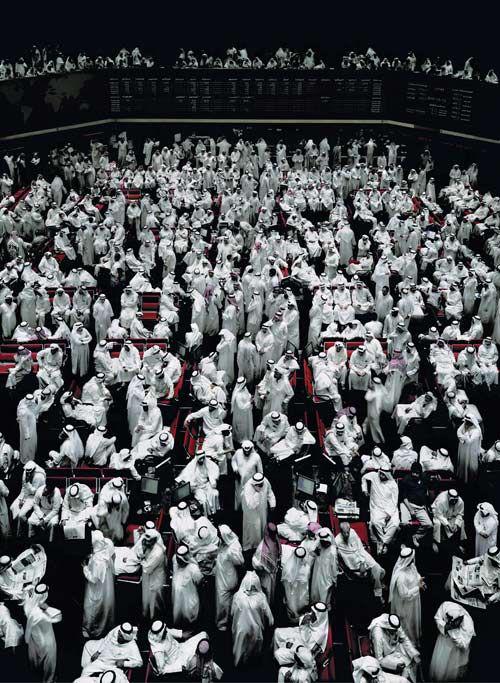
This photo work done on the Formula-1. We can see how to prepare the machine to start. Strip in the foreground of the image shuts us, and we feel we are not part of it, as they could be with another song, and some outsiders audience. On zadnemp lan we see people who are also pictures of what is happening. However, we understand that with the perspective and the place where they take pictures, each of them will get only a fragment of what we can see. So we see happening is not the part of a man who can not see the whole as a whole in their everyday life. We look, we can say, from the perspective of God, if we the people knows. Or rather from a position of superhuman entity.
Some critics say that Gursky shows the results of globalization. Rather than outcomes, and its position. We look as if all the people look put together into a whole, that is, we look from the perspective of a globalized humanity.
Under the cut some of his photos:














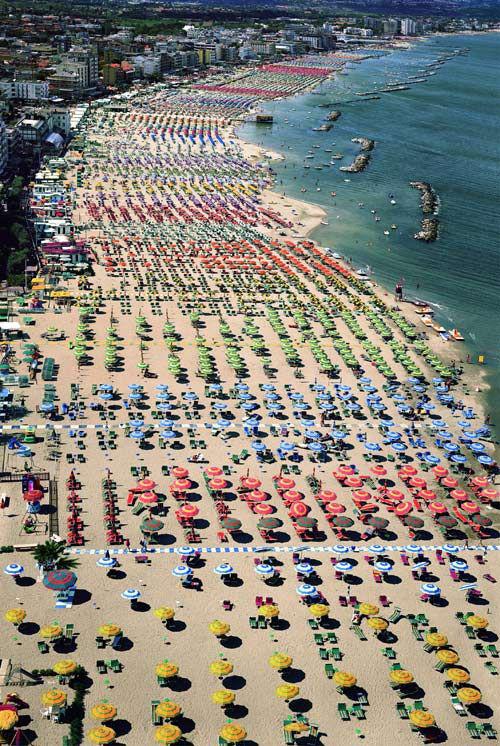
sonnevary
That's actually it:

«Chip" Gursky is that it removes the mass concentrations of people and not only, and - from this point, with which no one can see it.
Gursky's photographs are exhibited in a very large format - so that you can see the smallest details. This again points to the "non-human" view of the object of the photo, as the human eye is focused on something else and see blurry. Gursky did not wash background. (On the small picture from internet is, however, not very well seen, however, and as you can see).
And it turns out, as it were two plans. At first we see a pattern, ornament mass and peering, see the details - that what makes up the pattern. However, we can not see both the pattern and details. The transition from one plan to another occurs through perception gap.

This photo work done on the Formula-1. We can see how to prepare the machine to start. Strip in the foreground of the image shuts us, and we feel we are not part of it, as they could be with another song, and some outsiders audience. On zadnemp lan we see people who are also pictures of what is happening. However, we understand that with the perspective and the place where they take pictures, each of them will get only a fragment of what we can see. So we see happening is not the part of a man who can not see the whole as a whole in their everyday life. We look, we can say, from the perspective of God, if we the people knows. Or rather from a position of superhuman entity.
Some critics say that Gursky shows the results of globalization. Rather than outcomes, and its position. We look as if all the people look put together into a whole, that is, we look from the perspective of a globalized humanity.
Under the cut some of his photos:















sonnevary
